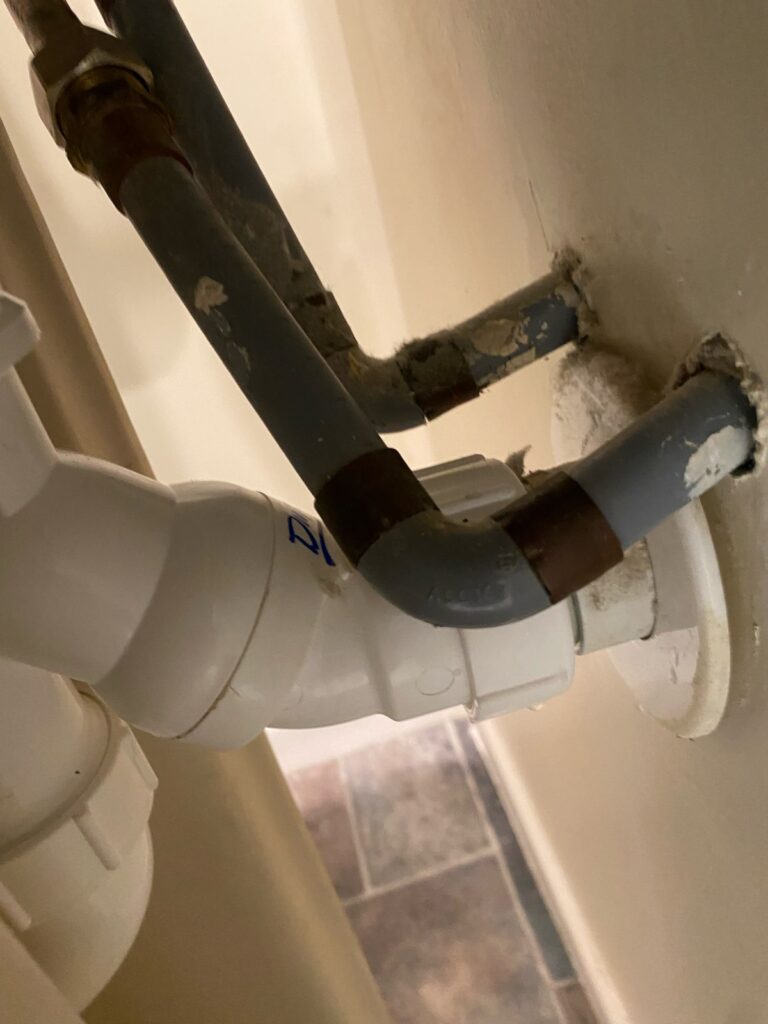Top Six Focus Areas For Housing And Urban Development In New Zealand

Press Release: New Zealand Government
The Government has today laid out its long-term vision for housing and urban development in Aotearoa New Zealand, ensuring we have the infrastructure and homes needed to nurture thriving communities in the decades to come.
The Housing Minister Megan Woods says the Government Policy Statement on Housing and Urban Development (GPS-HUD) provides clarity to all those working within the system about how Government policies and investments will align to tackle the acute challenges of the housing crisis today.
“Our vision is that everyone in New Zealand lives in a home and within a community that meets their needs and aspirations,” Megan Woods said.
“The GPS-HUD will guide policy decisions and investment to deliver a shared, consistent, and enduring set of outcomes to achieve this in the long term.
“We are building more new public housing and investing in critical infrastructure like pipes and roads to enable new housing than any government has done in two decades, but we also need a long-term response to the housing crisis and the GPS-HUD provides direction for that.”
A master builder in Hamilton acknowledged that roads and infrastructure are a contributing factor, but pale in comparison to the challenges the sector faces in a lack of supply of land on which to build. Sub-divisional consent is a long and costly process and often the investment in time and money required will deter a potential developer. This has led to a critical shortage of land around the country in all major centres and without land, it is challenging to build a house.
“Add to this the challenges we face in the supply of building products and the rapidly increasing costs of these products, driven by a lack of international shipping volume coming to NZ and a long term lack of support that led many of these suppliers offshore. This will drive the price of housing up and fuel the problem this working group is tasked with resolving.” (Master Builder, Hamilton)
National Māori Housing Strategy
To ensure they can deliver the best outcomes, the Government has also today released the new Maihi Ka Ora the National Māori Housing Strategy, which is strongly connected to the GPS-HUD through Te Maihi o te Whare Māori – the Māori Housing Innovation (MAIHI) Framework for Action.
“The housing crisis we inherited is a challenge the Government can’t tackle on its own. We need to pursue meaningful partnerships with iwi and Māori as Te Tiriti o Waitangi partners to make progress. We also need to cement resilient relationships with community housing providers and other non-government organisations, local government, the private sector, and communities,” Megan Woods said.
Focus Areas
The GPS-HUD sets out six areas of focus:
- Ensuring more affordable homes are built
- Ensuring houses meet the needs of our communities
- Enabling people into stable, affordable homes
- Supporting whānau to have healthy, affordable homes with secure tenure
- Re-establishing housing’s primary role as a home rather than a financial asset
- Planning and investing in our places.
“These focus areas will deliver thriving and resilient communities, wellbeing through housing, an adaptive and responsive system and Māori housing through partnership,” Megan Woods said.
“We’re committed to evolving the way we work, including working through Te Maihi o te Whare Māori, taking a placed-based approach to match the right solutions to an area’s housing needs, providing sustainable and reliable funding and building genuine, enduring relationships.
“The GPS-HUD doesn’t provide a detailed blueprint of all future activity because we recognise that new initiatives, regulatory responses, and investments will be needed to meet changing needs and ensure we stay on track. For this reason it will be reviewed at least every three years.
“We already have a massive work programme to address the issues that have led to this housing crisis, and we also need to consider long-term challenges like adapting to the effects of climate change and population growth. Our new GPS-HUD will guide us to ensure we build a housing future that delivers on our Government’s vision,” Megan Woods said.
Get your business noticed by creating an online directory listing. Listings are FREE and you can create as many as you need.
- Get found by locals


